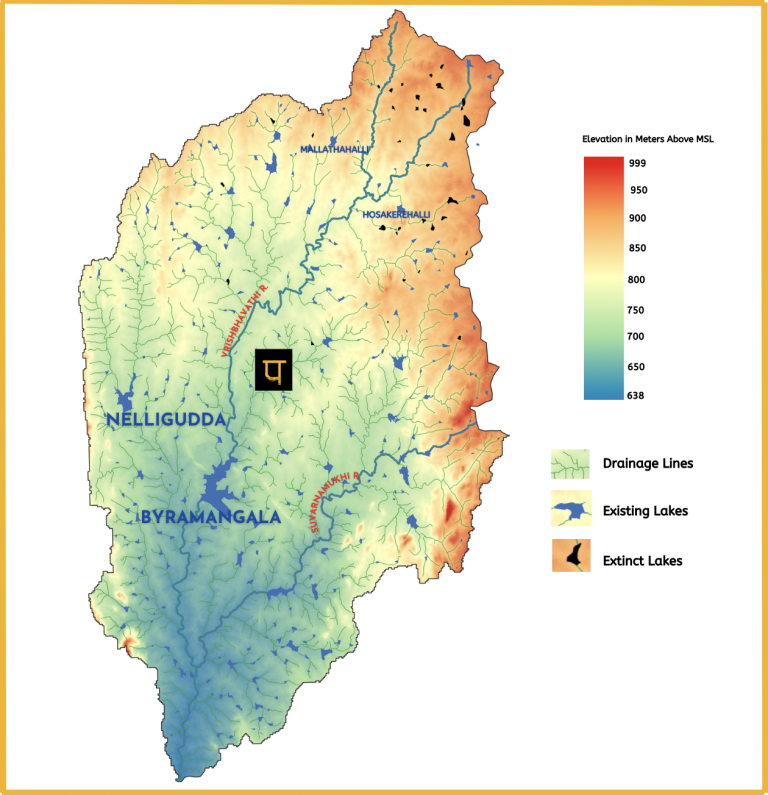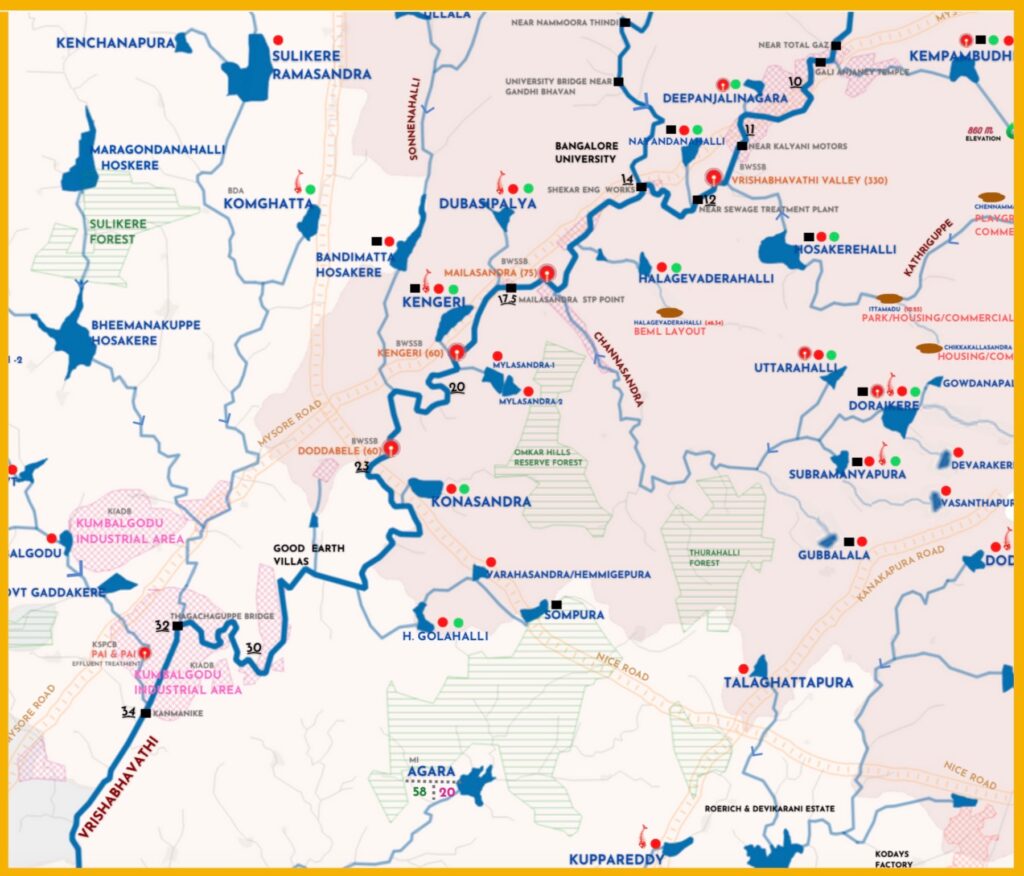The 69-Km long Vrishabhavathi is the urban-industrial river of Bengaluru- India’s silicon valley. Heavily modified and egregiously polluted, Vrishabhavathi does not exist in her natural form. Not even close. She is an open sewer for a toxic mix of human waste, industrial effluents, and solid waste. Because of this, she is often called Visha-bhavathi (Visha meaning poison in the Kannada Language).
This page provides the necessary maps, data, analysis, and information to enhance the public knowledge of the river. It is especially relevant to citizen activists, policymakers, lawyers, researchers, academicians, and students interested in cleaning up the river. We intend this to drive Vrishabhavathi river conservation awareness and action in Bengaluru.
This self-explanatory infographic shows the surface hydrology of the Vrishabhavathi River Basin. Lakes & stream networks are overlaid on topography. It also shows extinct lakes and the current use of the extinct lake land. Protected areas like Bannerghatta National Park, Hulthur Forest, Handigundi Forest, Thurahalli Forest, and Kumbalgodu Forest are shown.
Click image to load the English Hydrology Map.
Click here for the Vrishabhavathi Hydrology Map in Kannada
Key to understanding rivers
The Vrishabhavathi river map is a colorful and slightly complex map, that plots a wide range of human activities affecting the river: Industrial clusters, Sewage treatment plants, Industrial effluent treatment plants, Hazardous waste Landfills, Urban centers, Open-pit quarries, Hydropower plants, etc. It also provides details of lakes in the basin along with drainage and flow direction.
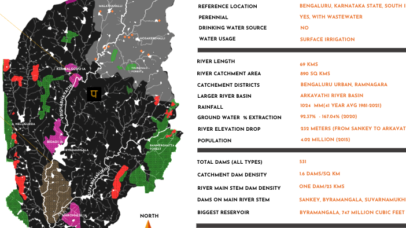
In a Nutshell
A summary representation of Vrishabhavathi river
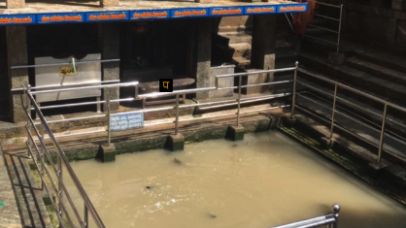
River Origin & Confluence
A note on river origin and confluence
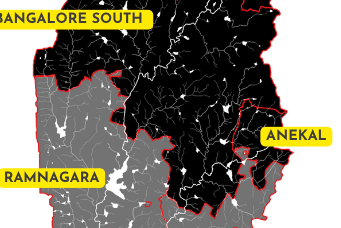
Groundwater status
Gives data on state of groundwater
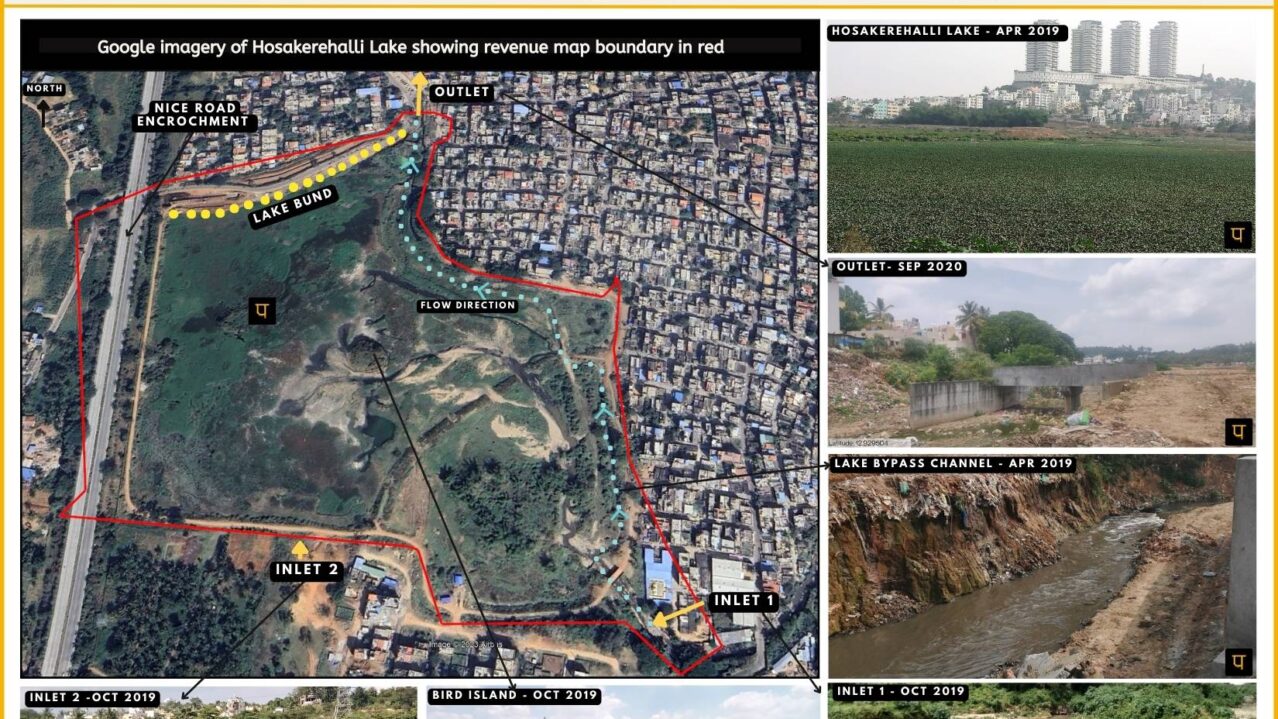
Hosakerehalli Lake Profile
Data and analysis of Hosakerehalli lake
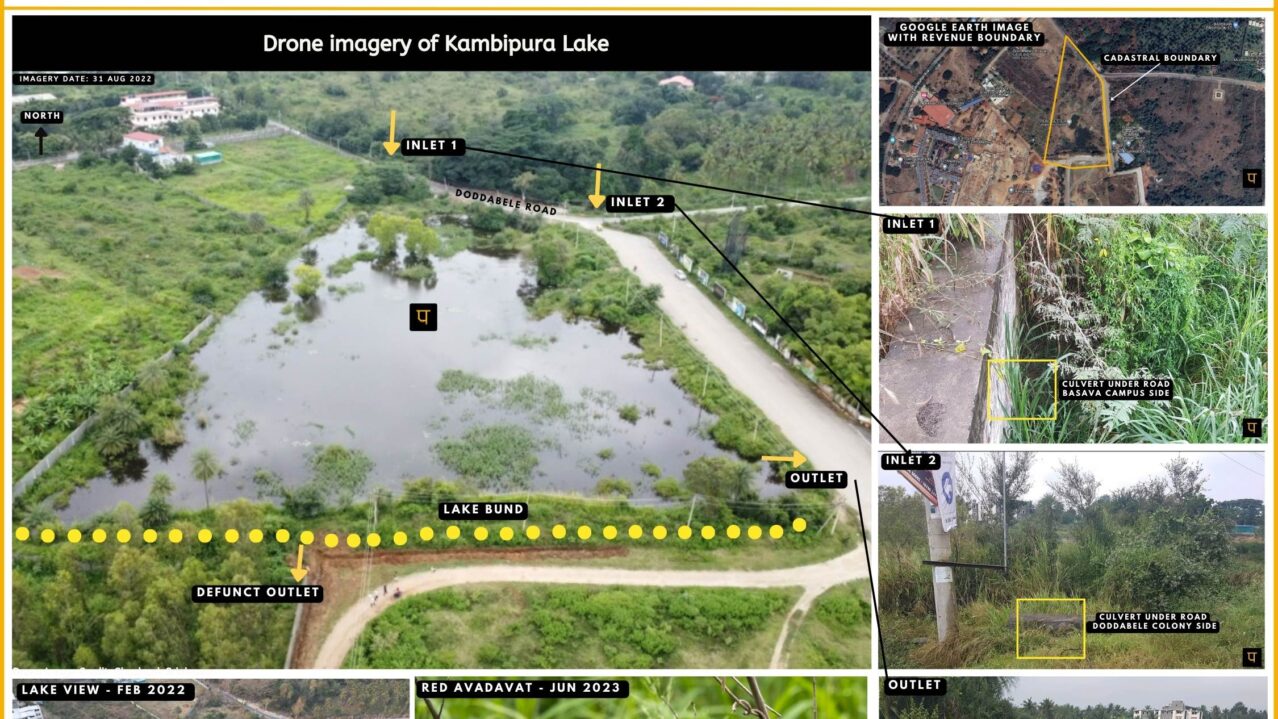
Kambipura Lake Profile
Data and analysis of Kambipura lake

RIVER BASIN

DAMS & FLOW

POLLUTION

GROUNDWATER

STRAWS

BIODIVERSITY

RAINFALL FLOODS & DROUGHT

RESTORATION



